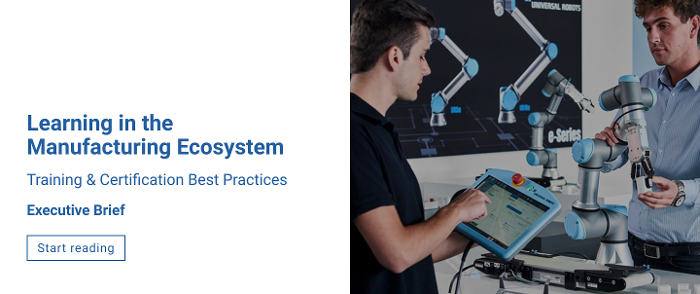Deploying training to your distribution channel is complicated stuff. As I’ve said before, it requires a rigid process, proven methodologies, and company-wide support. Not to mention a lot of hard work!
But even that is not enough. If you fail to follow this over-arching, proven 4-Cornerstone framework, you will likely fail. Conversely, once you understand this framework, and why it’s important, you can confidently deploy a sound training and development strategy.
Communication
Your target audience is not just dealer executives. It often includes sales, service, parts, and finance managers as well as their respective teams. And, in some cases, it includes a training manager at the dealership. You’ll need to communicate a clear message of what’s expected of them, why it’s important to them (and to you), and how they can acquire that training. You should plan for a minimum of monthly communications regarding curriculum and expectations. You should also consider a continual stream of tips and tricks that help them succeed with your training technologies (LMS/PRM/etc.). A technology-frustrated trainee is not good for your business.
Education
When your program goes live be certain you have the courses, curricula and certifications that your target audience needs to be successful. Launching a program without a reasonable amount of content will quickly kill a program. As you plan your curriculum you should consider both formal courseware such as Instructor-led Training (ILT), Web-based Training (WBT) and Interactive Distance Learning, such as “Webex”- style learning as well as informal training materials such as PDF files, Word documents, PowerPoint presentations, etc.
Motivation
Your audience must be motivated to take your training. Remember, they do not work directly for you and they face competing demands on their time. Do not assume that they are naturally motivated to become certified or improve their performance through learning. If you build it, they will not, necessarily, come. You need to look seriously at what will motivate them to become thoroughly engaged with your training. With this audience the best approach is usually a carrot, such as pay increases tied to certification levels, or a reward such as points towards gifts.
Since these people do not work directly for you it’s very difficult to brandish “the stick” such as a demotion or a discontinuation of services. It’s better to focus on rewards with this audience. However, you should consider the stick when negotiating contracts with your dealer partners by including such things as a refusal to pay warranty claims if the dealer does not maintain a pre-defined level of certified technicians. Whatever your approach, your audience must feel compelled to learn.
SEE ALSO: How to Introduce Certification Programs to your Channel Partners
Measurement
Know which KPIs (Key Performance Indicators) are important to you, before you begin your program. And then make sure you have the technology to provide the reports that will measure those KPI’s. Your technology should also feature dashboard capabilities that will allow you to keep your finger on the pulse of your program at any time and in real time, and on desktop, tablet and smartphone. Measurement is important to your success, and it’s important to keeping your target audience fully engaged.

